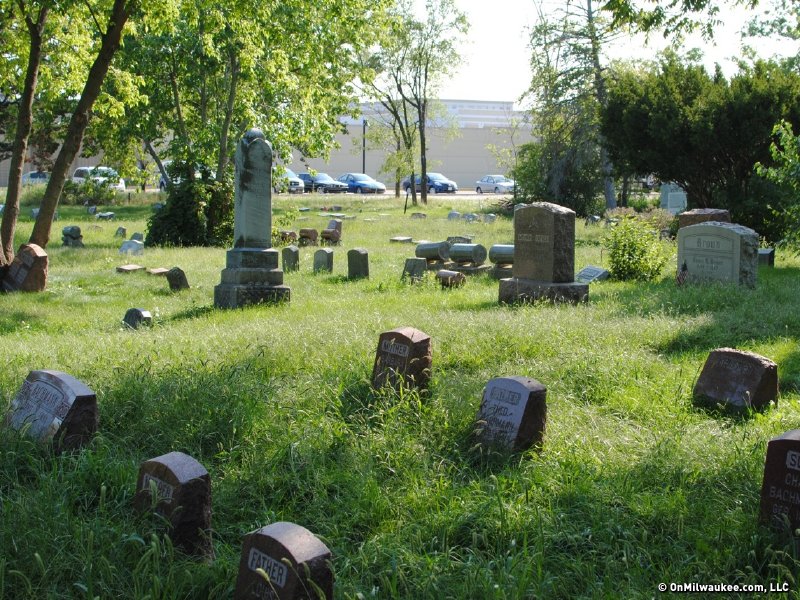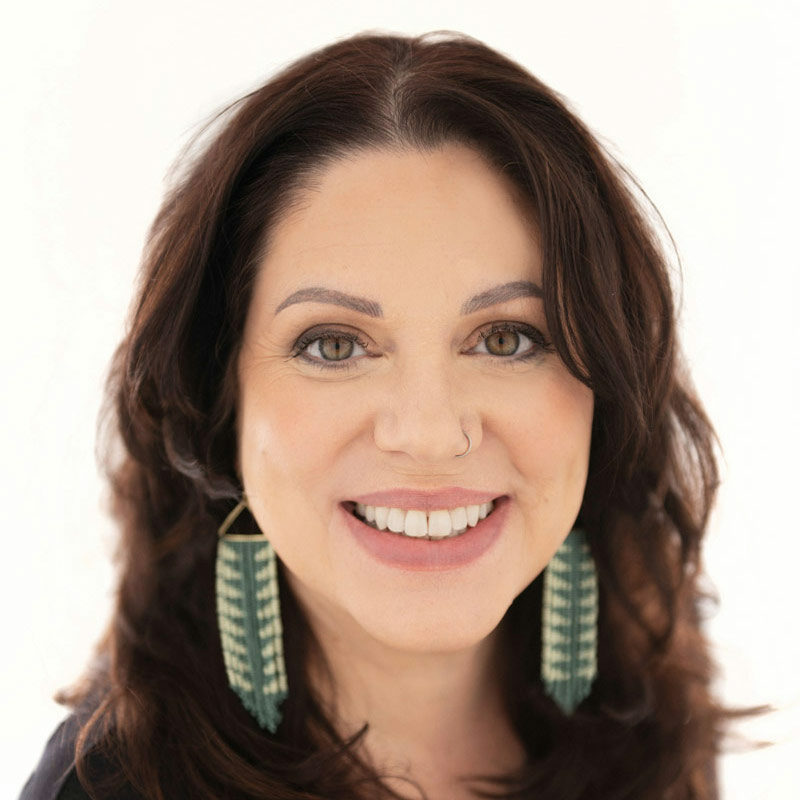To some this will sound morbid, but I have a fondness for cemeteries and I visit them often. I think I get this from my grandparents, who loved to get ice cream and then drive their Buick through small town cemeteries in Central Illinois.
I found myself, decades later, doing exactly the same thing. A stop at Leon's and a drive through the Forest Home Cemetery is a regular family outing in the spring, summer and fall. Only recently have our kids reached an age where they find this "hobby" of ours slightly peculiar and have questioned why we spend so much time driving through cemeteries. (Although they do still ask to visit Christopher Latham Sholes, the inventor of the first practical typewriter and the QWERTY keyboard, who is buried in Forest Home cemetery.)
The Forest Home Cemetery is probably my favorite in Milwaukee, although not really comparable to the much older cemeteries I have visited in New Orleans and Prague. But one local cemetery, a tiny one on Port Washington Road in Glendale / Whitefish Bay, has always conjured my curiosity.
As a member of the UWM Credit Union, I often access the branch on Port Washington Road in Glendale, and when I do, I drive by this small cemetery nestled between strip malls. Perhaps you've noticed it. It looks like the kind of forgotten cemetery you might find next to a country road, not sandwiched between chain stores and a stone's throw from the Interstate.
Recently, I finally pulled over and checked it out, which left me only more curious about why such a tiny cemetery, called the Town of Milwaukee Union Cemetery, exists in such an odd location.
Union Cemetery, which even though it is very small in size – perhaps a couple of acres – is technically in both Glendale and Whitefish Bay.
Many of the graves are from the 1930s, but according to Dean Herbst, whose company Bronze Stone Group now owns the cemetery, the first burial took place in 1850.
The cemetery is still active, and I spotted a burial that took place in this decade, but Herbst says they only sell a space or two a year.
During a phone conversation, Herbst shared with me what he knew about the cemetery, although much of it remains a mystery. He told me, however, that a man named Harold Seaman was the sexton (caretaker) of the cemetery in the '30s. Seaman went on to start a real estate company, which might attribute to why the cemetery did not expand and, instead, businesses cropped up all around it.
It is believed that Seaman built the shopping area next to the cemetery (where Pier 1 is today) and that Seaman's offices were inside of it.
Today, it remains unclear how many bodies are buried in Union Cemetery because a fire that took place in 1917 destroyed the records. Herbst speculates about 300 bodies are buried in the graveyard that are unknown because they had wooden markers or they were never marked in the first place.
All of the burials since 1917 have been recorded, and in 1972, a woman named Mimi Bird cataloged all of the headstones and gave the list to the Whitefish Bay Library. Currently, Herbst says he knows of a man who is in the process of finding out about more of the graves through a Web site called Findagrave.com.
The history and mystery of cemeteries, like the Union Cemetery, are just a couple of reasons why I'm so drawn to them. And I think I must have inherited a creepy gene or two, which would also explain the extended Goth phase I went through in my younger years.
Molly Snyder started writing and publishing her work at the age 10, when her community newspaper printed her poem, "The Unicorn.” Since then, she's expanded beyond the subject of mythical creatures and written in many different mediums but, nearest and dearest to her heart, thousands of articles for OnMilwaukee.
Molly is a regular contributor to FOX6 News and numerous radio stations as well as the co-host of "Dandelions: A Podcast For Women.” She's received five Milwaukee Press Club Awards, served as the Pfister Narrator and is the Wisconsin State Fair’s Celebrity Cream Puff Eating Champion of 2019.



